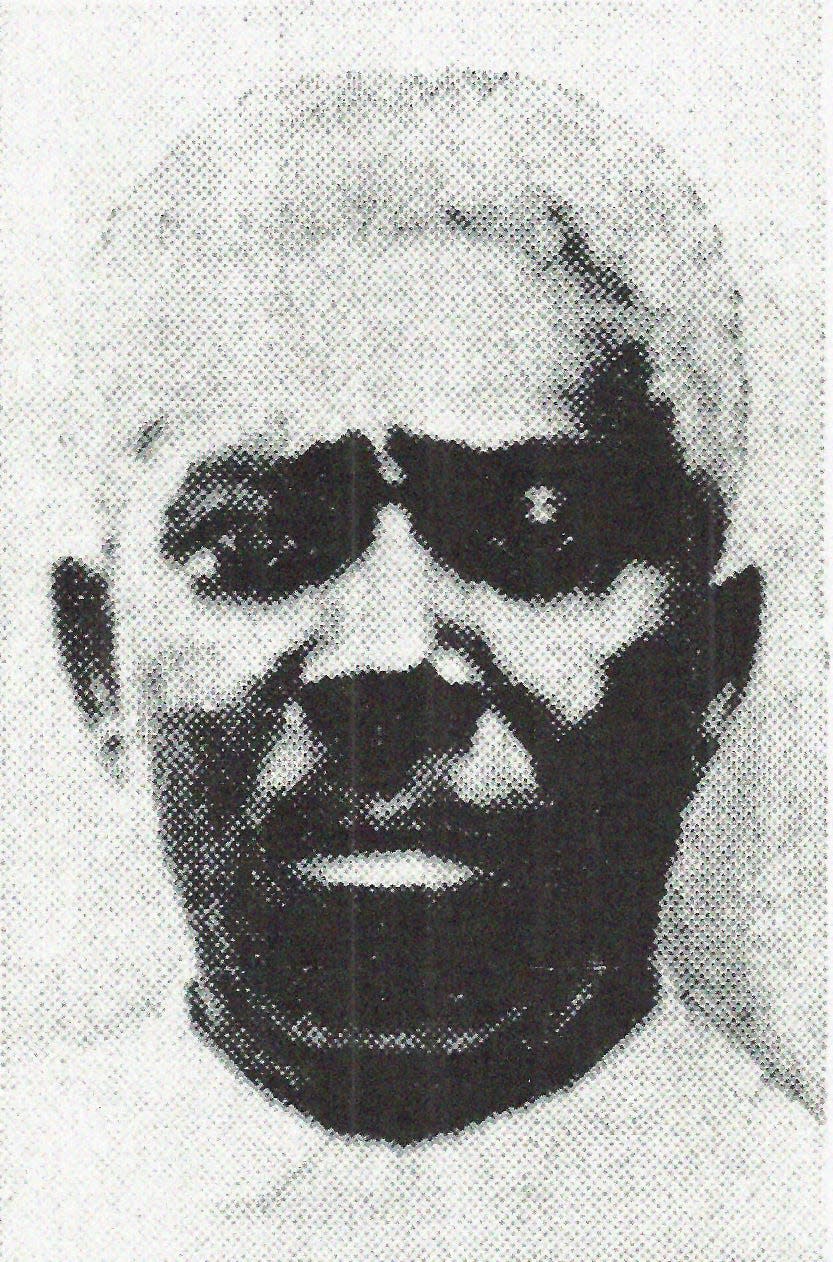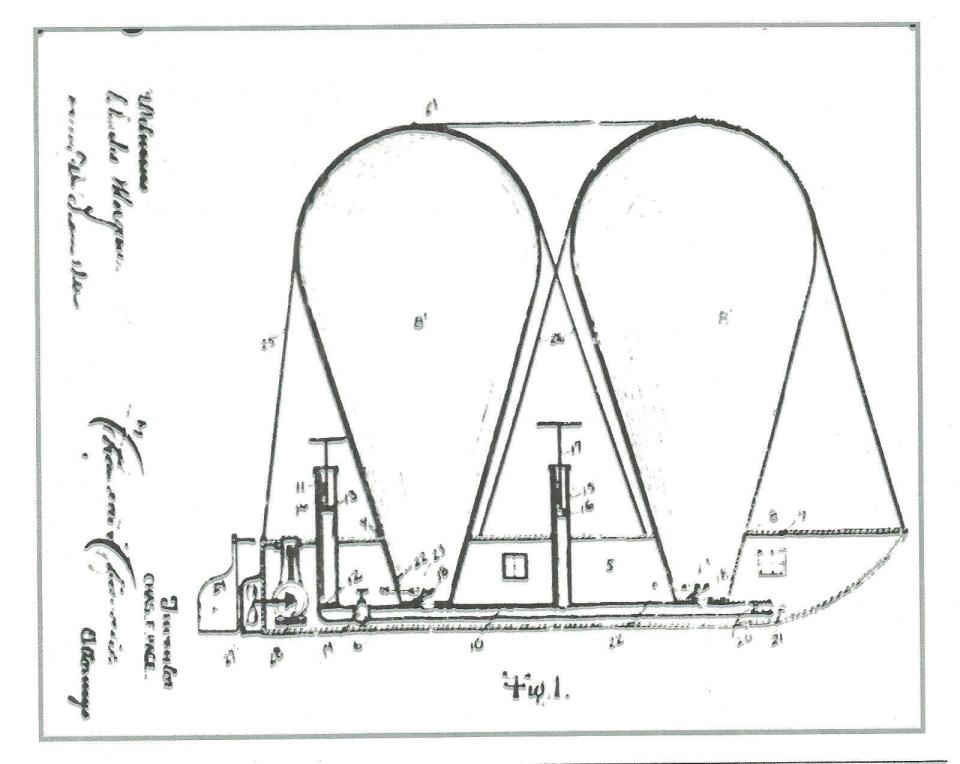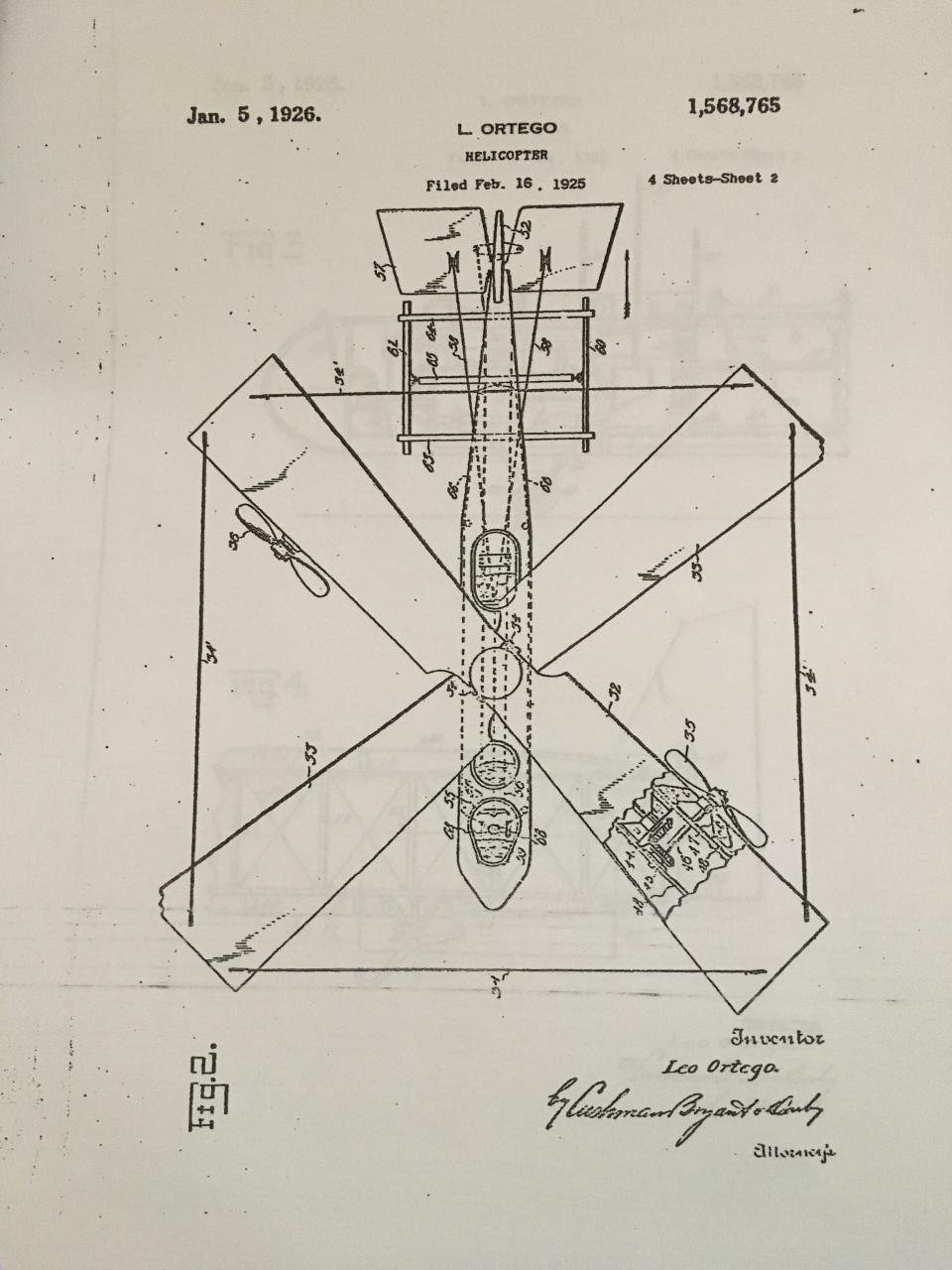Aviation history: Did you know 2 Louisiana men built first airship, working helicopter?
Two figures from Central Louisiana were among the first to help mankind get their feet off the ground in the early 1900s. Those men were Charles Page of Pineville, who built the first airship, and Leo Ortego of Alexandria, who built the first working manned helicopter.
Charles Page was first Black man to hold a patent for a plane
"Charles Page is an absolutely fascinating African-American," said Mike Wynne, local historian. "He was actually born a slave in 1864, we believe. Yet, in 1898 he decided to create an airplane."
Wynn said Page's grandson, Joseph P. Page, was told that Page would watch bugs fly and say, "I could do that."
After five years of labor, Wynn said Page created a working airplane behind his home at what is now the corner of Edgewood Drive and Highway 28 East.
"What he did in 1903 was build a flying model of the first airship," said Joseph P. Page.
"In 1904, he decided to use his life savings to build a full-scale model of the airplane and ship it to the Louisiana Purchase Exposition in St. Louis, Missouri," said Wynn. The Exposition was also known as the St. Louis World's Fair.

"At the Exposition, they had a contest, an aeronautical contest, with the winning prize being $100,000 — which is almost a $1 million today," said Wynn. "He was going to ship his working model and go by train to the fair and fly it and maybe — just maybe — win the contest and be a chapter in our history books today."
But something went wrong and the plane never made it to the Exposition.
"I don't know whether it got lost or somebody stole it or whatever," said Joseph P. Page.
"His model was stolen or destroyed - maybe possibly due to the fact that he was an African-American — we'll never know," said Wynne. "This devastated him and bankrupted Mr. Page and he basically gave up on his idea."
NEW TRAIL: Could a 62-mile, bike and pedestrian trail bring tourism dollars to the Alexandria area?
SPECIAL NEEDS PLAYGROUND: Kids with special needs have a new playground in Pollock. Another is coming to Ball.
Despite the devastating loss of the airship, Page received his patent for it in April of 1906.
"But he never built another model," said Joseph P. Page.
"He received his patent before the Wright Brothers received their patent for the airship," said Wynne. "But he let it expire. And he became forgotten about."
But Page did many other things during his lifetime.

"He was a leading citizen and just an incredible man," said Wynne. "Yet he was the first man to receive a patent — definitely the first African-American — to ever receive a patent for an airplane."
"He was a timberman, he farmed," said Joseph P. Page. "He did a lot of things in the community."
His grandfather fostered ideas and started businesses for African-American people, said Joseph P. Page.
"It's ironic if you think about that, in the early 1900s, and we're still trying to do that today," he said. "Those were some of the ideas he had but the model airship that he designed and built was the only invention that I'm aware of that he attempted. He died a little over a year before I was born."
As far as he knows, no one else in his family has gotten into aviation.
"I don't think anybody ever got flying lessons," said Joseph P. Page. "Maybe one cousin did."
Wynne said that it was time for Page to be recognized for his contributions to the world of aviation and to Central Louisiana.
"It's time for him to be a role model for children and the people of Central Louisiana," said Wynne. "And the state of Louisiana and the nation."
Leo Ortego built first manned helicopter after piloting planes in World War I
"Leo Ortego, in 1922, created the first working helicopter," said Wynne. "He took off at the corner of Bolton Avenue and Rapides Avenue which is across from the old Acme Glass Plant."
Ortego flew about 15 feet in the air.

"And then he had a problem and it landed," said Wynne. "But this was considered to be the first successful helicopter flight carrying a human being in the United States. And it happened in Alexandria."
Ortego flew biplanes during World War I.
"He was in the Air Corps in World War I," said nephew Gerald Ortego. "He was not a pilot but I think he was aboard an observer-type plane throughout the war and he was in Europe for four years after the war.
"He had a terrible accident during the war around 1920 or so when he was flying in an aircraft over a mountainous area," said Gerald Ortego. "The motor conked out and crashed. And when he crashed, he broke his arm and his leg."
A gun in the airplane is crushed and broke his arm when the pane folded over.
"And he started thinking at the time, 'If I could only make my biplane go up vertically rather than horizontally," said Wynne. "And that's when he came up with the idea of a helicopter."
After returning home, Gerald Ortego said his uncle Leo became involved in building aircraft and that's when he designed, built and flew the first manned helicopter.
"In 1923 he actually received his patent and tried to get backing so he could create a commercially usable helicopter," said Wynne.
He was never able to get backing for his invention. Since he was a World War I soldier and devoted to U.S. Army, he gave them his patent.
"And this patent is still being used by both the Air Force and commercially as the original patent for the helicopter," said Wynne.
Wynne said Leonardo da Vinci, an artist, scientist and engineer of the High Renaissance period from around the 1500s, "came up with a design that could be considered a helicopter but it had no power to it."
Igor Sikorsky of Russia, said Wynne, created a working model of a helicopter.

"But it was flawed because it could not carry a human being's weight," said Wynne of Sikorsky's model. "It could only pick itself up and let itself down."
"I heard all my life that Uncle Leo had invented a helicopter and nobody ever believed me," said Marian Ortego Neville and sister of Gerald Ortego. "But his picture showed up with his helicopter in several historical periodicals over the years. And since we've started checking into him, I found out some interesting things about him."
"He had other designs and inventions that he did," said Gerald Ortego, such as dusk to dawn lights.
"He invented that in 1925," said Gerald Ortego. "He made other designs — helicars — machines that would travel on land and also fly in the air."
"I was born two months after he died, so I didn't actually ever meet him," said Neville. "I just know the stories that were told about him. That our father told us. He admired his older brother because his brother was a tinkerer."
When the U.S. entered, World War II, Wynne said Ortego wanted to fly planes again for the U.S. Army in what was then called the Air Corps but he was too old.
"So he went to work for Ryan Aeronautical Corporation in San Diego," said Gerald Ortego. His second wife, Verda, Ortego also worked there. "That's the same aircraft corporation that built the Spirit of St. Louis — Charles Lindbergh's plane."
Charles Lindbergh is an aviator who gained worldwide fame at age 25 after flying solo nonstop from New York City to Paris in 1927 in his plane, the Spirit of St. Louis.
Ortego served throughout World War II at Ryan Aeronautical Corporation and died in 1947 of brain cancer.
"He was always interested in aircrafts," said Gerald Ortego. "My mother told me before he ever went into the Air Corps, before the war, he built a lot of model aircraft. He had a lot of them in his home."
"He built a lot of little models airplanes himself," Neville said of Gerald, who is an artist and teacher. "He had a collection of them."
Gerald Ortego once built a model that their father pointed out was a same kind of plane that their uncle was flying in when it crashed.
"After I built it, he told me the story about how he had gotten injured by flying this plane where the motor conked out on him," said Gerald Ortego. "I don't know if that was over the Alps but he told me it was over mountains."
The model airplane, said Gerald Ortego, was a light bombing plane.
"It carried the bombs under the wings," he said. "It was a biplane. It had two cockpits — one in the back with the machine gun on it and one with the pilot, of course, in the front. A machine gun on top of the wing. And, of course, two machine guns in the propellers."
"Leo Ortego is an amazing man," said Wynne. "It's incredibly sad that Leo Ortego has been forgotten about because among aviation historians and experts, he is known to have created the first usable helicopter in which a human being could be carried in the United States. And he lived his life in Alexandria, Louisiana."
This article originally appeared on Alexandria Town Talk: Central Louisiana men fly from under the radar of aviation history

